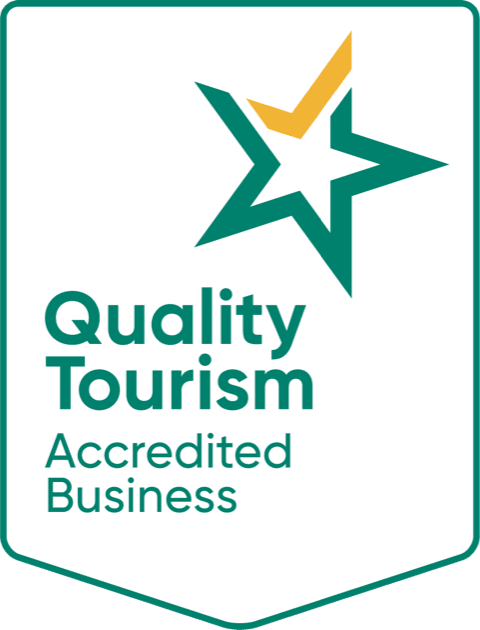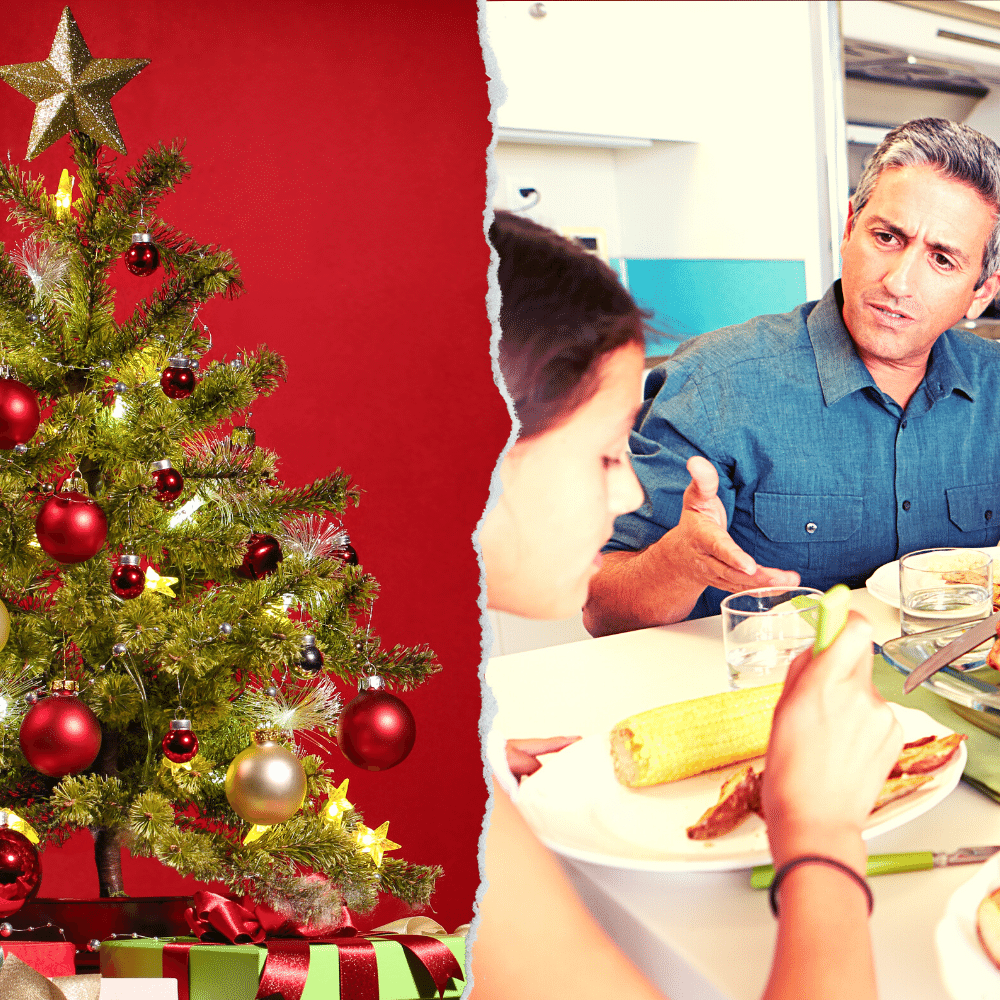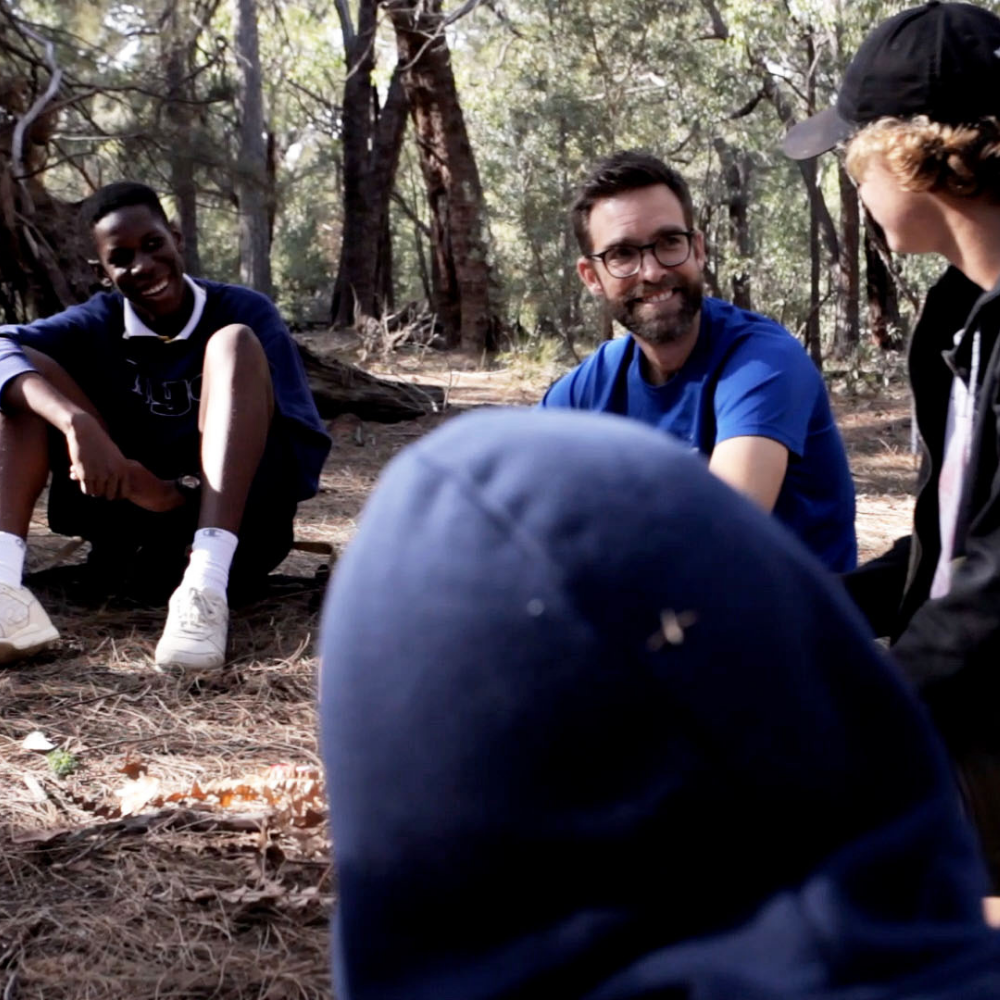How to Teach True Student Leadership in Schools
In every classroom, there is a natural-born ‘leader’. The type to always raise their hand first, hold the role of head boy or girl, or lead discussions in group assignments.
The problem is, this type of behaviour doesn’t always equal true leadership.
Holding a particular role or having a responsibility that affects others is not the definition of leading. In fact, there are plenty of so-called leaders who fail to behave in the ways a true leader should, from CEOs and executives at enterprise organisations to politicians.
Now more than ever, our communities need strong leaders and this starts with growing such skills in the young people in our schools.
Teaching student leadership in schools historically has had a curriculum or school-focused outcome that may not meaningfully develop or engage a student to have buy-in.
Critical social and emotional capabilities must be built in young people, if we are to truly grow leadership in the context that we need it. The CASEL model is a critical framework for this.
The motivation to lead needs to come from the student first and foremost and to achieve this, they need to understand why it’s in their interest to take real ownership; what is in it for them?
What is good leadership?
In short, leadership is less about a role, a career achievement, or the need to be able to stand up in front of people and more about leadership of self; being comfortable with who they are and the type of person they want to become as an adult.
We love the quote, “To lead others, first you need to be a good leader of yourself”. The question is, how do we teach this type of student leadership in schools?

Leadership frameworks
When it comes to teaching leadership, it’s critical to have structure and frameworks in place that guide personal values and aspirations first and foremost.
Here is a list of the elements that are important:
- Defining the young person’s values.
- Defining the type of person they want to be.
- Identifying what they are passionate about.
- Understanding their strengths and how these gifts can be used to serve the community
- Having personal awareness – what is the impact I have on others?
- Who are my mentors and role models?
- Developing skills that support leadership.
The core skills that support student leadership are:
- Listening skills
- Communication
- Building rapport
- Conflict resolution
To develop these life skills, we use critical frameworks that fully underpin our programs. The frameworks we use and which teachers can learn from are:
- Social and Emotional Learning Capabilities (CASEL)
- Positive Psychology (especially character strengths)
- Our own AdventureWorks WA Program Design Principles
Teaching student leadership in schools
We firmly believe in putting leadership skills to practice by providing real-life consequences because we learn more from mistakes than we do from success.
Often, we don’t allow our young people the opportunity to experience failure, challenge, or discomfort and we can often feel uncomfortable ourselves in these situations, so we step in to take over and resolve instead.
There are two ways of looking at social and emotional learning in schools – and at home, for that matter.
The first, is those actions or activities that might stifle the growth of social and emotional skills. These include:
- Living a lifestyle that is all pace, no space, we are in a world that is constantly on-the-go.
- Being cooked for, cleaned for, and transported by others.
- Being kept ‘safe’ from challenge and diversity.
- Having protection from discomfort or the unknown.
- Being reminded of responsibilities, belongings etc.
- Being asked to contribute in certain ways.
- Being told how to behave.
- Being disciplined by others.
- Having decisions made for them.
- Having conflict resolution initiated by others.
- Being given ‘right’ and ‘wrong’ by others.
- Being asked to contribute in certain ways.
For educators, teaching leadership starts with avoiding the above, so that students grow the critical skills needed to lead themselves.
On the flip side, there are many ways teachers and parents alike can support students in their emotional and social learning too. These are:
- Being separated from technology and allowing more space, less pace.
- Feeding, cleaning and organising themselves.
- Exploring diversity and the complexity of humanness.
- Experiencing discomfort, or the unknown.
- Not being reminded of responsibilities or belongings.
- Being supported to find their own ways to contribute.
- Being held to account by the group, not an individual.
- Setting consequences as a group.
- Being supported to make decisions and mistakes.
- Contributing to resolution of conflicts.
- Exploring personal integrity within the group.
- Being supported to accept logical consequences.
The way to facilitate true leadership in the school environment then, is to allow true ownership and decision-making, not token roles and responsibilities.
From the student’s perspective, this makes it less about adhering to school and teacher-led rules that support the organisation and more about giving them a real opportunity to have a voice, a say and an impact.
The teacher-student connection
One of the most important aspects of our programs at AdventureWorks is about building a connection between students and their teachers on a level that is not power-based i.e. I am the adult/teacher and I have control or deserve respect and obedience.
This type of authoritarian relationship can never build any meaningful connection.
The alternative is to create a classroom environment where teachers seek to understand each student by enquiring about them as a person, what matters to them and therefore seeing them in their individuality.
It means creating a space where students can be more open and vulnerable without feeling threatened or afraid of losing power or control. It’s a relationship of equals. “I am part of the group and will contribute as a member, not as the person who will make all of the decisions”.
Likewise, by enquiring and not telling, we can truly hear what students think and remove judgement from the equation.
Taking it a step further, teachers who share a little about who they are and stories of their own experience can strengthen the student to teacher connection, which is, after all, a human to human connection.
Young people desperately want to be seen and heard and acknowledged for who they are but find themselves always trying to fit in instead. There is plenty of research that indicates that learning is greatly improved when students feel that they have a meaningful connection with their teacher. This applies to boys especially.
According to Rachel Hirsch, the Dean of Faculty and a history teacher at The Cambridge School, students who have strong relationships with their teachers with positive connection and support often experience long-term benefits in their education.
Impact of leadership on the community
Positive, human connection builds strong communities.
In the outdoor environment specifically, like those we visit in our ACE Leadership programs, young people get the opportunity to contribute, support and build empathy and connection in their peer group via responsibilities such as navigation, water supplies, health and wellbeing, food and nourishment.
We focus on the building of meaningful connection and the development of a strong community.
We seek out and honour the strengths of individuals and notice the impact they have on others.
We support students to develop vocabulary and the confidence to acknowledge the good and the great that they see around them, in all the forms that it exists. Student-led activities that focus on understanding the needs of the whole group and taking these into consideration so that the group achieves success, rather than an individual, is vital for demonstrating how healthy communities work.
We don’t ditch the slowest so that the majority can win, we support the slowest so that we succeed as a group.
All of these are lessons teachers can be creatively facilitated in the classroom too, using the frameworks we’ve mentioned, such as CASEL and our own resilience framework, which you can download here.
We hope that after reading this, you feel more confident helping students to learn the critical social and emotional skills to become a strong leader for themselves, and for others.
When we say that “to be a good leader of others, you start with being a good leader of yourself” – this applies to us as adults, teachers, parents and role models.
If we want our young people to demonstrate leadership skills, to live respectfully, to hear openly, to listen curiously and intently, to keep an open mind, to live and love with the strength of their convictions – this has to start with us. We need to look at our own social and emotional capabilities before we can teach or lead others.
If you have any questions or would like more information about teaching student leadership in schools or our ACE Leadership programs and Camping Adventures, complete the form below and let’s talk.
Parent-Teen Conflict Resolution at Christmas
Christmas can be a uniquely challenging time of year for parents and teens. It only comes around once, so the occasion is loaded with cultural meaning, heightened expectations and emotional turbulence. The good news is that with a little forethought and planning, you can include your teens in the process of reshaping the significance of Christmas, avoid potential conflict, and strengthen your relationship.
What Do Rite of Passage Journeys Look Like?
Young people from all over the world participate in rite of passage journeys to mark their transition into adulthood. Learn more about how rite of passage journeys are celebrated in different cultures, and what a rite of passage journey looks like.
What is Social and Emotional Learning?
Social and emotional learning is an important part of a young person’s personal growth and development. Read more about what social and emotional learning looks like and how to teach it.
Get In Touch
Please leave your contact information and our team will get back to you within 1 business day!



AdventureWorks and its team would like to acknowledge the Traditional Custodians of the land on which we work and live and recognise their continuing connection to land, water and community. We pay respect to Elders past, present and emerging. AdventureWorks further pledge our commitment to increasing understanding and connection to Aboriginal Australians through the work we do with young Australians and as individuals.
AdventureWorks WA
90a Commonage Road
DUNSBOROUGH WA 6281
+61 8 9796 1000



